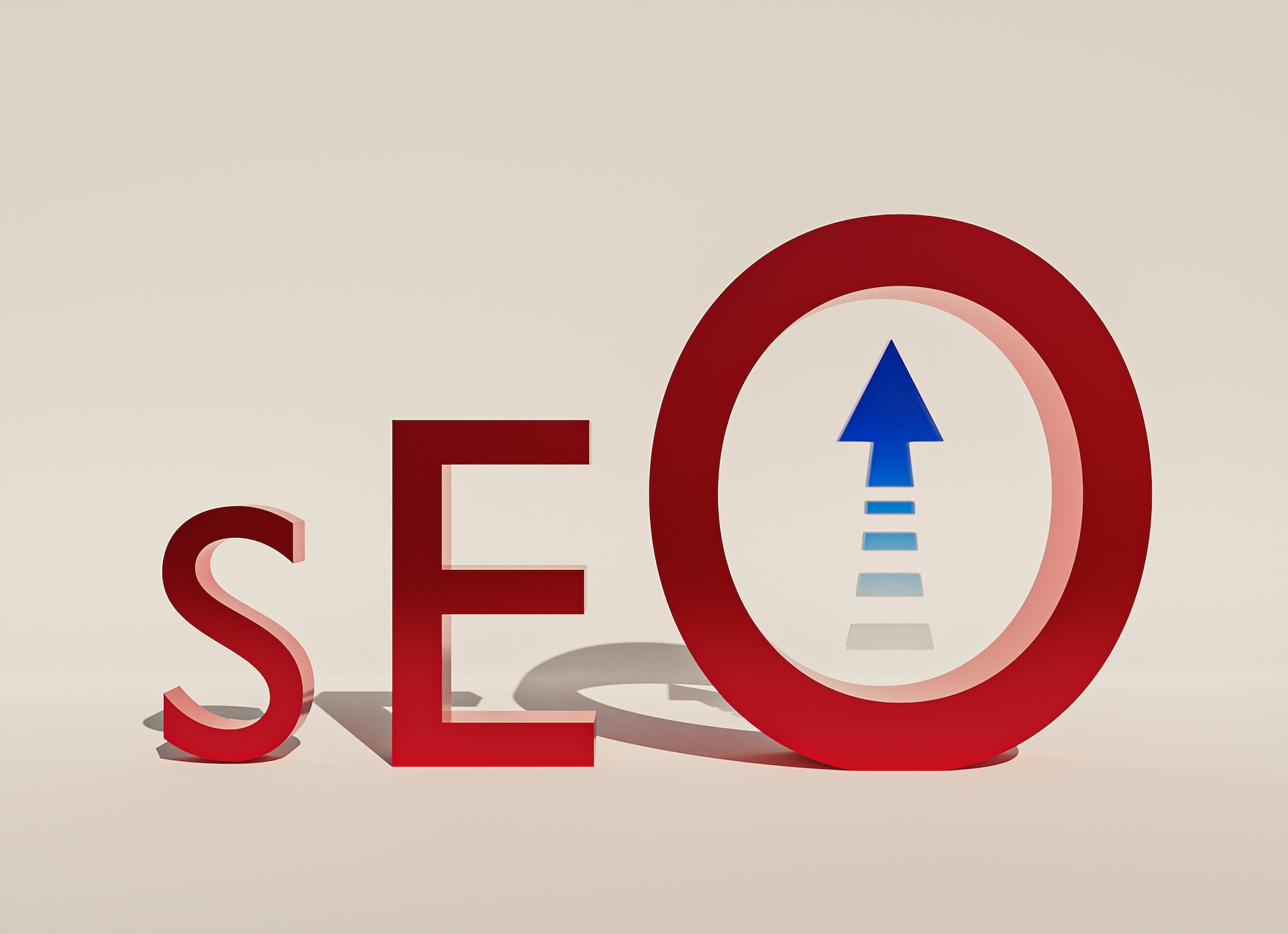On-Page SEO Techniques You Should FollowOn-Page SEO Techniques You Should Follow
October 9, 2023 0 Comments
Over the past few days, I’ve received a lot of messages talking about on-page SEO techniques. Our team has done extensive testing and we are now sharing this. Of course, this will benefit all of you. In this way, how about learning different SEO tips and techniques.
1. Capture alt text
Image promotion is an important factor for keeping any word. Your blog photo or any featured image should be attractive and easy to understand. It should attract the customer at the first perfect glance. Alt text is a special type of text useful for placing images.
It should be added following uploading the image to the CMS (Content Management System). Typically, we use tags like alt text. If necessary, you can use the direct name of the object here. This is also obvious.
2. URL optimization
A uniform search engine or URL is important for on-page SEO. It must be properly planned. We need to add a tag to the URL. Scholars suggest that shorter URLs are better than URLs that are generated long ago. We have seen here and there that some people make the mistake of using URLs that are too long. They use names like URLs, which are completely unnecessary. Don’t try. Use your password in the URL, and if necessary, you can add a few more words. Remember that this must be very reasonable. In this sense, any web browser or visitor can understand it.
3. Length of the article
These days they say content is the King. The better the content you can provide, the higher the chances of getting involved. Through research, we found that content longer than 1800+ has the highest chance of being placed on the main page of any search engine. Basically, it should be 600 words long. It must be well communicated and organized. Leading digital media have confirmed that data-heavy news is better compared to traditional news.
4. Subject density
Word density shows how often your words appear per hundred words in your given text. From the latest sources, it is said that it requires 0.5% tags in your article, which means that assuming that your article length is 1KB, it is recommended that it has the best 4 places of your article. If the thickness of the slogan is less than the normal level, then the internet searcher will not give you a good impression. Also, if it’s promoted too much, it’s considered spam. We can now conclude that it must be true.
5. Add name and description
A meta title is created with a representation for search engines. The web directory will display these names and representations, and will be visible to the customer. Meta descriptions can contain up to 160 characters; it can change from time to time depending on how Google approaches, where the meta name can be 60 characters or more.
It is not fixed for a long time; this may change depending on how Google works. You need to mention the tagline, meta title, and representation. Experts say this; It might be better if you put a tag at the beginning of the meta title. 6. Keeping the main words and names
Your middle keyword should be a neutral title and subheading. We understand that there are 6 options for accessing the domain, and these are H1, H2, H3, H4, H5, H6. H1 is the largest heading, while H6 is the smallest heading in this list. You can use any of these names in different contexts in your essay. Keep things to yourself so that they don’t get promoted. Use your words in 2/3 of the different situations of the story.